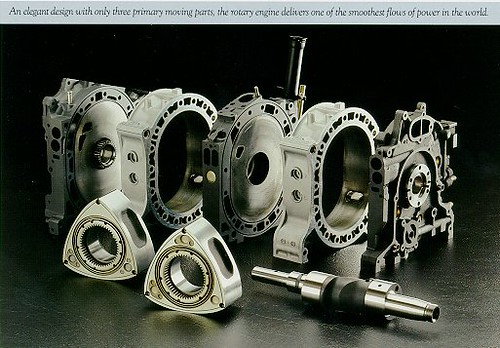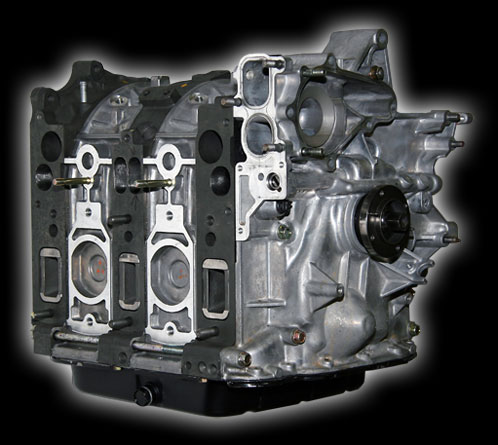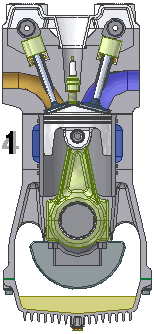Is the RX8 a 4 cylinder
#27
#29
Heck I called him. Sounded like a nice young dude.
He asked..How many cylinders does it have. I said none, just rotors
He replied well it has 4 spark plugs so I figured 4 cylinders.
I said, 2 trailing sp and 2 leading sp, something like intake/exhaust. like my nissan king cab trunk, it had 8 spark plugs but it was only 4 cylinders.
BTW I used to gas up about once a month, maybe less
but now I gas up when the gas prices dip.
Ya do not drive it much since I do not work and have an 95 MX-3 for normal driving.
I keep it cause I can drive from San Antonio to Houston and back, ie round trip, on ONE gas tank, using regular gas
I do not do daily driving. Heck I am an old man, do not drive much nowdays
Somedays I just like watch TV, surf, and take nappies
but also have a bike, Honda 750 Shadow
He asked..How many cylinders does it have. I said none, just rotors
He replied well it has 4 spark plugs so I figured 4 cylinders.
I said, 2 trailing sp and 2 leading sp, something like intake/exhaust. like my nissan king cab trunk, it had 8 spark plugs but it was only 4 cylinders.
BTW I used to gas up about once a month, maybe less
but now I gas up when the gas prices dip.
Ya do not drive it much since I do not work and have an 95 MX-3 for normal driving.
I keep it cause I can drive from San Antonio to Houston and back, ie round trip, on ONE gas tank, using regular gas
I do not do daily driving. Heck I am an old man, do not drive much nowdays
Somedays I just like watch TV, surf, and take nappies
but also have a bike, Honda 750 Shadow
Last edited by Myardor; 10-19-2009 at 12:23 PM.
#31
I only fill up once a week.....but I only drive about 2 miles for work. If you guys traded a 4x4 Dodge ram for your RX8, you wouldn't hate the milage so much. I put $30-35 in my truck once a week too but that only got me half a tank. I also have a Yamaha Warrior that is my summer daily driver.
#34
If you think about a rotor with, say, 5 sides. The balance of the entire design would be thrown off and need to be reworked, plus the engine would have to be huge otherwise you just might be losing power overall.
I'm no engineer, so maybe some of the smarties could chime in and make me look a fool.
#35
As far as I know, the triangle shape (and fat centers) of the rotors allow for it to spin in the housing while translating the motion into the driveshaft perfectly. I'd imagine anything more than 3 sides would cause a very irregular motion.
#36
if it had more than 3 sides, they would start having problems sealing the individual combustion chambers.
i fill up every 8-12 days. i've cut my long distance driving down by quite a large margin. i used to have to fill up twice a week.
i fill up every 8-12 days. i've cut my long distance driving down by quite a large margin. i used to have to fill up twice a week.

#43
I'm truthfully afraid that the person just above really doesn't know..
Search Youtube for rotary, and that's what's in the Rx8. And you'll realize why we facepalm so hard sometimes..
Search Youtube for rotary, and that's what's in the Rx8. And you'll realize why we facepalm so hard sometimes..
#45
Yeah, I've seen that, and I'm honestly REALLY thankful when I see them actually manage to put 0 cylinders, or N/A.
You'd think they'd know not to limit it to stuff like that, with "oddball" engines that are out there..
You'd think they'd know not to limit it to stuff like that, with "oddball" engines that are out there..
#47
Insurance companies list it as a 1.3L 4-cylinder, 4-door, simply because they don't have any more appropriate category. But that's a good thing, as it keeps the rate relatively low.
#48
In case this 2 year necro-bump was actually for a point... 

So what is this engine anyway? It's not a piston engine?:
You may have heard that this engine is not a piston engine. This is correct. The RX-8 is powered by a rotary engine, based on the principle design developed by Felix Wankel, from whom Mazda bought the exclusive rights to develop. The rotary engine is very hard to describe with just words, so here are a few pictures:
Exploded view of the engine and it's component parts

All put together:

The total package is quite small compared to piston engines: (That is one rotor, housing, and the eccentric shaft)

So how does it work?
Basically, the combustion sweeps the rotor around the e-shaft in an off-center looking wobble. (This is actually an RX-7 engine, but the basics are still the same)

Here is a YouTube video of the components and motions of the engine:
http://www.youtube.com/watch?v=6BCgl2uumlI
Dramatic difference from the traditional piston engine.

So, as you can see, we have 3 combustions per rotor for every full rotation of each rotor. However, due to the gearing reduction around the e-shaft, each rotor spins at 1/3rd the speed of the e-shaft. So when you are at 9,000rpm, each rotor is only spinning at 3,000rpm, however each rotor is producing 9,000 combustions per minute, for a combined total of 18,000 combustions per minute. This is most of what produces the buttery smooth power delivery of a rotary engine. You can also see that the motion is already rotational in nature, rather than the continual start/stop of pistons in a piston engine. This is the other main contributor to the smoothness of the engine.
Our "lack of torque" is also a byproduct of this. Each combustion is quite small, and there isn't much leverage provided by the e-shaft angles.
So what makes our engine different from prior RX-7 engines that are also listed as 13b engines?
Primarily, the difference is the location of the intake and exhaust ports.

RX-7 engines had their ports on the rotor housing, so the apex seals sweep across them.
RX-8 engines, the Renesis, have the ports on the end plates and center iron. This means that the apex seals do not sweep across them at all. This enables unburnt gasoline in the exhaust post-combustion to be more likely to stay in the engine to be burnt the next time around, rather than getting swept out into the exhaust system. This improves emissions and fuel economy.
The other primary different from the RX-7 engines is that the Renesis has higher compression rotors, also in the name of power, emissions, and fuel economy.
You may have heard that this engine is not a piston engine. This is correct. The RX-8 is powered by a rotary engine, based on the principle design developed by Felix Wankel, from whom Mazda bought the exclusive rights to develop. The rotary engine is very hard to describe with just words, so here are a few pictures:
Exploded view of the engine and it's component parts

All put together:

The total package is quite small compared to piston engines: (That is one rotor, housing, and the eccentric shaft)

So how does it work?
Basically, the combustion sweeps the rotor around the e-shaft in an off-center looking wobble. (This is actually an RX-7 engine, but the basics are still the same)

Here is a YouTube video of the components and motions of the engine:
http://www.youtube.com/watch?v=6BCgl2uumlI
Dramatic difference from the traditional piston engine.

So, as you can see, we have 3 combustions per rotor for every full rotation of each rotor. However, due to the gearing reduction around the e-shaft, each rotor spins at 1/3rd the speed of the e-shaft. So when you are at 9,000rpm, each rotor is only spinning at 3,000rpm, however each rotor is producing 9,000 combustions per minute, for a combined total of 18,000 combustions per minute. This is most of what produces the buttery smooth power delivery of a rotary engine. You can also see that the motion is already rotational in nature, rather than the continual start/stop of pistons in a piston engine. This is the other main contributor to the smoothness of the engine.
Our "lack of torque" is also a byproduct of this. Each combustion is quite small, and there isn't much leverage provided by the e-shaft angles.
So what makes our engine different from prior RX-7 engines that are also listed as 13b engines?
Primarily, the difference is the location of the intake and exhaust ports.

RX-7 engines had their ports on the rotor housing, so the apex seals sweep across them.
RX-8 engines, the Renesis, have the ports on the end plates and center iron. This means that the apex seals do not sweep across them at all. This enables unburnt gasoline in the exhaust post-combustion to be more likely to stay in the engine to be burnt the next time around, rather than getting swept out into the exhaust system. This improves emissions and fuel economy.
The other primary different from the RX-7 engines is that the Renesis has higher compression rotors, also in the name of power, emissions, and fuel economy.
#50






